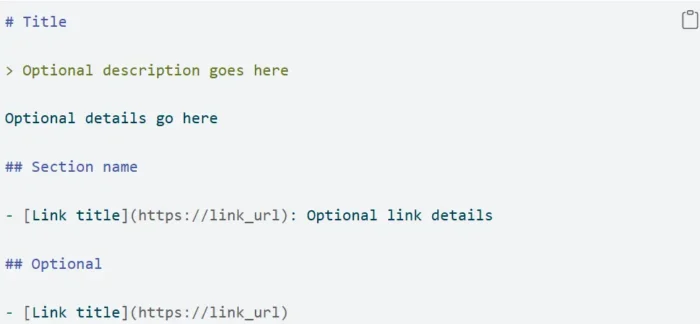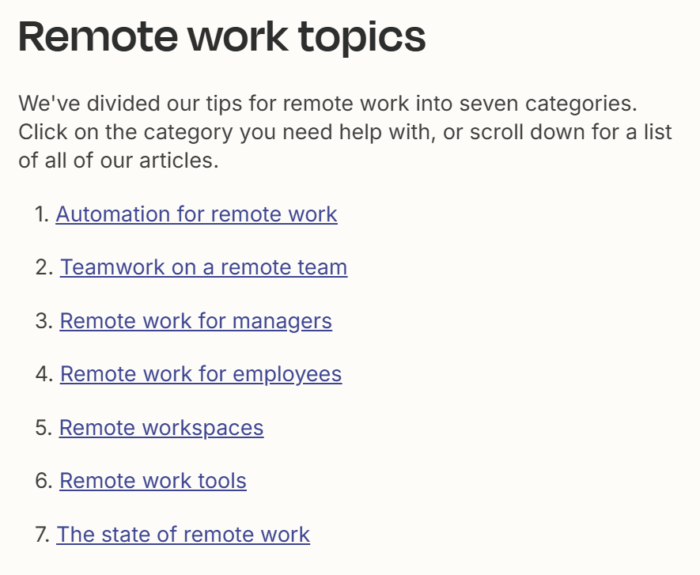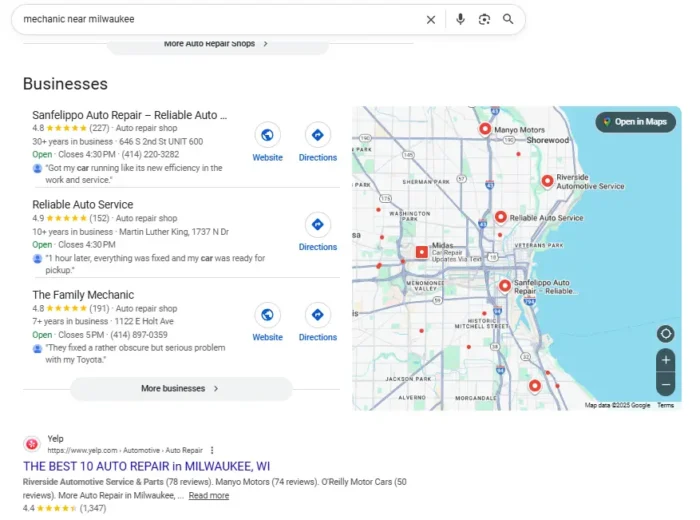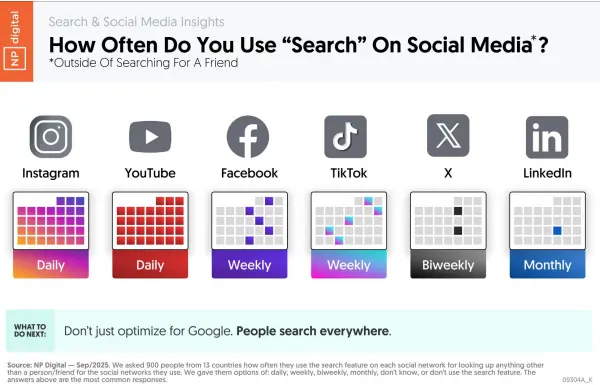Letting Go and Letting Be
How we can practice renunciation in our everyday lives The post Letting Go and Letting Be appeared first on Tricycle: The Buddhist Review.

How we can practice renunciation in our everyday lives
By Susan Kaiser Greenland Apr 15, 2025 Image by Raimond Klavins
Image by Raimond KlavinsWhen we talk about suffering, it’s not that we suffer every minute of the day. It’s more that all our experiences have at least some suffering within them. Even when we feel great joy, if we dig deeper, we’re likely to be at least a little afraid of losing it.
In Buddhist teaching, freedom from suffering starts with renunciation. This doesn’t mean merely the external renunciation the Buddha practiced as a wandering ascetic. We’ll never know how those years affected his enlightenment, but the classical story tells us that outer renunciation wasn’t enough. It took a more internal renunciation for him to become enlightened. What does this mean, especially for those who aim more for real-world enlightenment than the Buddha’s seemingly out-of-reach complete enlightenment? It means letting go and letting be. We let go by focusing on the goodness of what we say and do without specific expectations for the outcome. It’s possible to let go of our ideas about how life should be, including some long-held beliefs about what we think will make us happy, and still work toward beneficial outcomes to make the world a better place. It’s also possible to let go of our expectations for what other people will say and do while maintaining healthy personal boundaries. Big feelings bubble up when we let go of deeply entrenched expectations and beliefs, and renunciation asks us to let them be. How? By allowing them to come, go, and change. By letting go and letting be, renunciation creates an internal environment where we can be content without depending on circumstances that are outside our control.
Letting Go
We don’t have to give away our possessions to let go. Money and what it can buy contribute to happiness in a meaningful way by providing security, safety, insurance, care, and an emergency cushion. Money gives us more choices about how to live our lives and a greater sense of control. But once we reach the baseline of happiness economic stability provides, more money and what it can buy contribute little to our long-term happiness. When extra material goods and worldly comforts bump up our happiness, which they sometimes do, that bump does not last long. Modern psychology and ancient contemplative practices show that inner renunciation leads to more enduring happiness than accumulating more stuff than we need. A lovely by-product is we develop greater discernment around what to let go of and a greater appreciation of what we keep. There’s wisdom in the moral of Marie Kondo’s immensely popular book The Life-Saving Magic of Tidying Up: keep only what speaks to your heart and sparks joy.
Inner renunciation is less about giving up worldly things than changing how we view and prioritize them. The starting point for adopting this perspective is recognizing and understanding what social scientists call the hedonic treadmill. We seek satisfaction by chasing after what we want and running away from what we don’t want, like hamsters running on a wheel. It’s relatively easy to understand that accumulating more stuff doesn’t lead to lasting happiness. But what if it’s not material things we’re chasing after? What if we want to feel better, want someone else to be happy, don’t want to be anxious, or don’t want to be afraid anymore? These are legitimate desires. What’s so bad about pursuing them? Absolutely nothing. Let me emphasize this point: there’s nothing wrong with pursuing them. On the contrary, these are a few of the pursuits that meditation and compassion practices are designed to address. To do that, though, we need to get off the hedonic treadmill.
Lasting transformation comes when we remember our motivation and bring renunciation—letting go and letting be—to the small moments of each day, not just once or twice, but over and over again.
Mindlessly chasing after laudable desires and running away from pain yield a result that’s not so different from chasing fame and fortune. We expend a great deal of effort without making meaningful progress—what my late father-in-law, the New York adman Leo Greenland, used to call a lot of motion with no movement. Sure, sometimes we make some headway. But after a point, the satisfaction we gain is fleeting, so we stay on the metaphorical treadmill and keep running. Deep down, we recognize that running after what we want and away from what we don’t want is a vicious cycle that may make us feel good for a while, but not for long. Ultimately, the hedonic treadmill brings us no closer to the lasting contentment we seek.
Letting Be
In Tibetan, one of the main terms for renunciation—nge jung— can be translated as “the determination to be free.” “Free of what?” you might wonder. Free of the suffering that comes when we depend on circumstances outside our control to be content—like a job, another person, or a certain status. When contentment springs from our internal landscapes, our level of satisfaction increases. When it comes from circumstances outside our control, our suffering increases. The first step toward decreasing suffering is to identify its source to determine whether it’s something within our control. The Buddha elaborates in the parable of the second arrow:
When touched with a feeling of pain, the ordinary uninstructed run-of-the-mill person sorrows, grieves, and laments, beats his breast, becomes distraught. So he feels two pains, physical and mental. Just as if they were to shoot a man with an arrow and, right afterward, were to shoot him with another one, so that he would feel the pains of two arrows . . .
We have no control over the pain caused by the first arrow—for instance, when we get hurt in an accident, when a friend or colleague is disrespectful and mistreats us, or when someone we love is struggling and there’s nothing we can do to help. The source of this pain is beyond our control. The second arrow is a different story. Suffering from the second arrow is avoidable because it is within our control.
The second arrow is not the strong, challenging emotions that emerge naturally and automatically in response to pain. Automatic reactions to pain are hardwired as part of our survival mechanisms. But if someone shot you with an arrow, would you shoot yourself with a second one? Fixating on the pain and big feelings that emerge when we’re hit by the first arrow, then getting lost in a swirl of even more hurt by telling ourselves story after story about it, is like shooting ourselves with a second arrow. It escalates our suffering and extends it. That is what’s avoidable. There’s no second arrow if we let the pain from the first arrow alone and allow it to come, go, and change.
A friend was laid-off from a job recently and given a severance package that extended her health insurance for a few months. Shortly after the job ended, she got a toothache, and when she called the dentist’s office to make an appointment, she learned that her health insurance had been canceled. She was understandably furious. Her toothache, her former employer wrongfully canceling her health insurance, and her automatic emotional response were all first arrows because they were outside her control. But then came a second arrow when she called her former employer and went ballistic on the receptionist in the human resources department. My friend felt terrible when she hung up the phone. For the rest of the day, she beat herself up for having taken out her frustration on an innocent bystander. I’m not suggesting she shouldn’t have called the office to solve the problem, only that by screaming at the receptionist she caused suffering that could have been avoided for both herself and someone else. Allowing emotional and psychological distress to run its course instead of acting out, or trying to get rid of it, doesn’t feel good, but becoming comfortable with discomfort now is the most effective way to feel better in the long run.
Real-World Renunciation
Modern and ancient wisdom emphasize that it takes practice and commitment to let go of unhelpful beliefs and let emotional and psychological habits be. Formal meditation is as good a place as any to start the process, but it’s not enough. Lasting transformation comes when we remember our motivation and bring renunciation—letting go and letting be—to the small moments of each day, not just once or twice, but over and over again. Letting go of long-held beliefs and habits takes time and patience, and it can also trigger a lot of emotion. That’s why renouncing small, inconsequential ones is a good place to begin.
◆
 From Real-World Enlightenment: Discovering Ordinary Magic in Everyday Life by Susan Kaiser Greenland. © 2024 by S. Greenland, Inc. Reprinted in arrangement with Shambhala Publications, Inc. Boulder, CO
From Real-World Enlightenment: Discovering Ordinary Magic in Everyday Life by Susan Kaiser Greenland. © 2024 by S. Greenland, Inc. Reprinted in arrangement with Shambhala Publications, Inc. Boulder, CO
![]()
Thank you for subscribing to Tricycle! As a nonprofit, we depend on readers like you to keep Buddhist teachings and practices widely available.

 AbJimroe
AbJimroe 

























![Which Artists Are Most Referenced in AI Prompts [Infographic]](https://imgproxy.divecdn.com/BzmpaYw7U5iwprg2OKRl430JDgft_x_e3knyzXOE-2k/g:ce/rs:fit:770:435/Z3M6Ly9kaXZlc2l0ZS1zdG9yYWdlL2RpdmVpbWFnZS9haV9hcnRpc3RzMi5wbmc=.webp)



